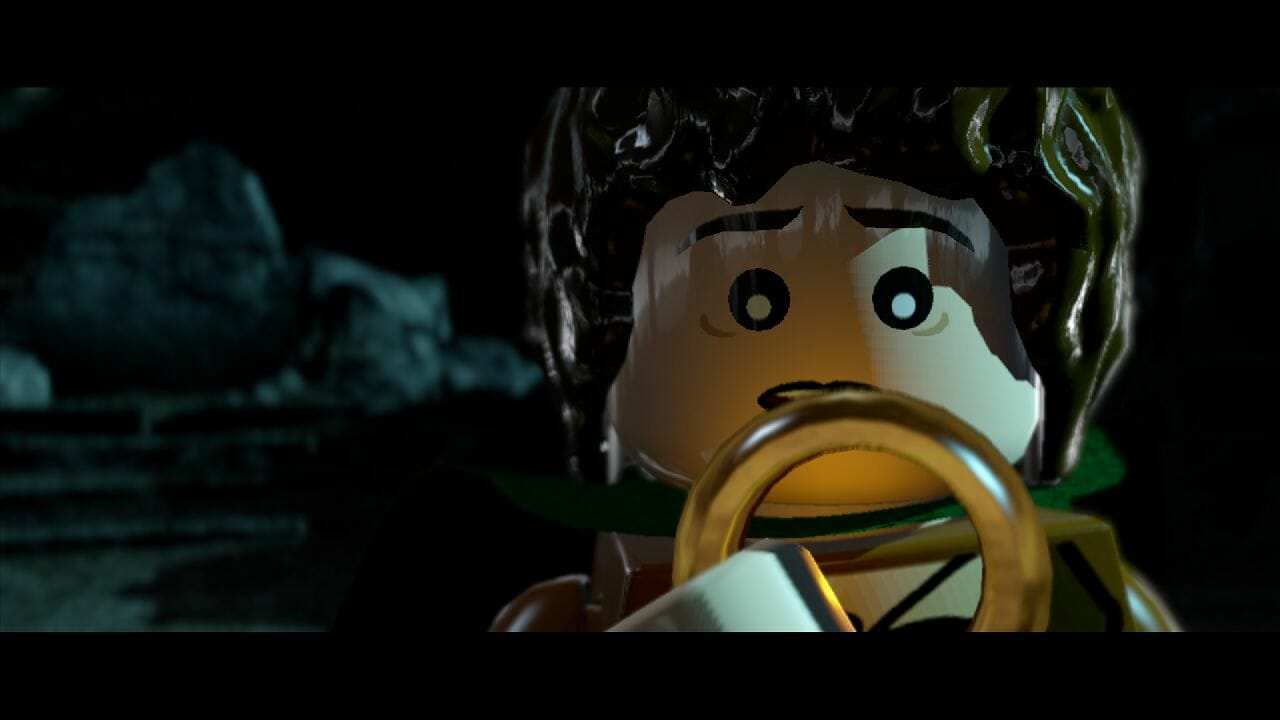Lego The Lord of the Rings (Multi-Platform)

December is a slow month for new games, so over the next few weeks we’ll look back at notable 2012 releases that we haven’t reviewed yet. Today J.P. Grant reviews Traveller’s Tales Legofied adaptation of The Lord of the Rings movies.
The problem facing developer Traveller’s Tales, 15 games in, is how to keep its Lego videogames fresh. They’ve certainly gotten their brick-breaking, stud-collecting formula down to a science. The question, whenever they release a new title, is how successfully they’re able to incorporate new ingredients into their proven recipe.
Traveller’s Tales’ latest effort, Lego The Lord of the Rings, strikes a somewhat conservative but mostly effective balance. Like previous entries in the series, players guide heroes through a series of missions encompassing the story of the Lego-fied franchise—in this case, Peter Jackson’s movie version of J.R.R. Tolkien’s beloved trilogy—while unlocking characters, free play modes, cheats, and in a new twist, special items.
The story mode in Lego LOTR is remarkable for how closely it hews to the movie trilogy. Howard Shore’s sweeping score accompanies dialogue ripped straight from the films, and many scenes are recreated shot-for-shot. Naturally, moments of Lego-brand levity are inserted with slapstick additions to cutscenes, but not as often as in past games. The overall effect is a bit odd: Playing through the 18 story missions often feels more like watching an abbreviated version of the movies than the cartoon parody you might expect. As usual, the majority of gags and Easter eggs will be found in the extensive post-campaign collect-a-thon.
In a marked improvement over the previous game in the franchise, Lego Batman 2, Lego LOTR features a broad, varied and easily navigable open world. Middle-Earth is much more spacious, uncluttered and pretty than the dark confines of Gotham. The variety of environments, from Hobbiton to Mordor, are rendered with great fidelity and peppered with stuff to smash and puzzles to solve. There’s even a simple day-night cycle, which can affect your ability to collect items and characters. Unfortunately, the map markers yet again don’t function as advertised: The trails of ghost studs leading to your objectives often veer into empty space, or take pointlessly circuitous routes.
Most of the puzzle mechanics Lego veterans are familiar with return here. Orange handles can be pulled by a strong character; arrows can be shot into targets and used as improvised platforms; floors can be assembled to slide blocks on; and ropes can be attached to hinges so you can swing across gaps or climb up slopes. Lego LOTR provides probably the best source material for a Lego game yet, given the wide array of characters and special abilities. Gimli can break apart cracked stones with his axe; Aragorn can “track” buried items by using clues as dowsing rods; and Sam can dig up earth with his trowel. There’s a clearer sense of differentiation between characters here than in previous Lego games, which is welcome to veterans of the series.

But the addition of special items muddies those waters. The huge collection of items you amass can be used by any character, granting him/her the special abilities of others, reducing incentive to experiment with different characters. The inventory is accessed, like the cast of characters, via an intuitive wheel interface. Yet while the characters’ abilities are easily intuited, the items’ are not; some are merely decorative, and others are only useful as the objects of fetch quests for NPCs.
-

-

-

-

-

-

-

-

-

-

-

-

-

-

-

-

-

-

-

-

-

-

-

-

-

-

-

-

-

-

-

-

-

-

-

-

-

-

-

-








































